Soc Trang province has over 31% of the population being Khmer, 93 Khmer Theravada Buddhist pagodas. Pagodas are not only places to express beliefs but also spiritual support, places to show respect for Buddha, a common home for Khmer people to live.
During the resistance war for national liberation and national reunification, many Khmer Theravada Buddhist pagodas in Soc Trang were places to nurture revolutionary soldiers, including many Khmer people, who were loyal to the Party and Uncle Ho, contributing to the cause of national reunification.
During the historic days of April, we had the opportunity to visit O Chumaram Prek Chek (or O Chum Pagoda) in Vinh Quoi Commune, Nga Nam Town to hear stories from more than 50 years ago of the Khmer people here standing up to fight to protect revolutionary soldiers, participating in the resistance war, contributing to the liberation of the South and the reunification of the country.
Talking to reporters, Mr. Trinh Phơl (75 years old) said that in the period of 1969-1972, the struggle movement of the army and people of Vinh Quoi commune took place fiercely. At that time, the life of the Khmer people was still very difficult but they were very enthusiastic in contributing rice, salt, labor... to feed the soldiers. Particularly at O Chum pagoda, the monks and nuns built secret tunnels in the main hall to hide revolutionary soldiers from enemy sweeps.
Mr. Trinh Phơl recounted that in 1965, he joined the temple to study, at that time the temple was presided over by Venerable Danh Hem. The temple had a secret bunker that was a place to hide local guerilla forces…
In 1968-1969, the enemy twice used planes to bomb the pagoda, causing casualties to a number of Khmer people, monks, and nuns, and severely damaging the pagoda. At that time, many young men enthusiastically "made revolution", joined the guerrillas, liaisons, and food supplies... All shared the same will to drive out the enemy and bring peace to the villages and hamlets.
Venerable Son Phuoc Loi, currently the abbot of O Chum Pagoda, said that at the end of the 18th century, the Xeo Chich area (present-day Vinh Quoi Commune) was still deserted. There were a few Khmer households who came here to settle down. In 1798, O Chum Pagoda was built by the local people.
Through two resistance wars, many monks and nuns at the pagoda were the "flag bearers" leading the way for the Khmer people, willing to contribute money and labor to help the local revolutionary movement.
According to Venerable Son Phuoc Loi, after 50 years of national reunification, the lives of Khmer people in Vinh Quoi have been constantly improved, children can go to school, there are no more poor households, many are well-off households... These are due to the attention of the Party and State to develop the economy of ethnic minority areas. Khmer people always comply well with local policies and guidelines in building their homeland and country.
Majjmaram Chruitimchas Pagoda (Tra Tim Pagoda, Ward 10, Soc Trang City) is the place where the Khmer people's direct political struggle against the enemy took place, causing a great resonance in the period 1962-1970.
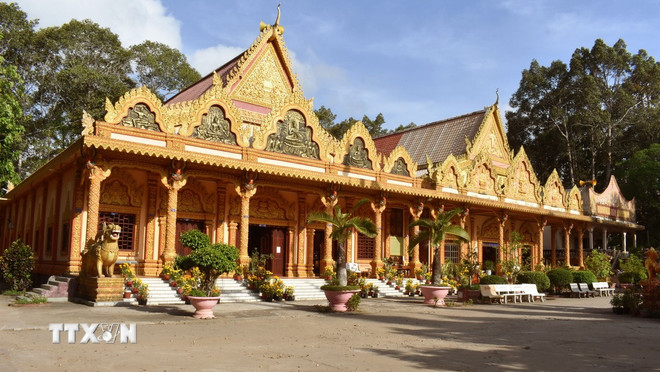
Mr. Nguyen Minh Tam, former Deputy Director of the Provincial Museum, recalled that during the 1968 Tet Offensive and Uprising, this was the gathering point for our troops to enter Soc Trang town (today's Soc Trang city), causing heavy losses to the enemy.
The Khmer monks, nuns, and people repeatedly protested against the conscription campaign; rebelled against the intention to move the pagoda, aiming to turn the pagoda into an airport for the puppet government to expand its base to attack and suppress the resistance movement of our army and people.
Mr. Nguyen Minh Tam said that the struggle of monks, nuns and Khmer people took place without casualties or losses, but the greatest victory was the premise for the revolutionary struggle movement of Khmer people in the province. The pagoda created favorable conditions for the revolutionary forces to organize attacks and raids on the airport, causing heavy losses to the enemy, contributing to the overall victory in the cause of completely liberating the South and unifying the country.
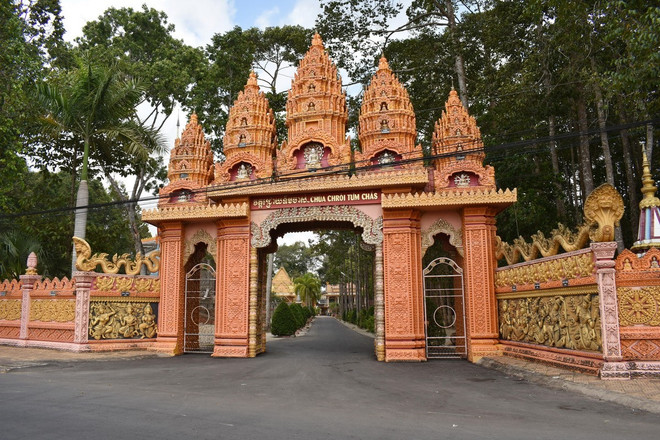
After 50 years of national reunification, Majjmaram Chruitimchas Pagoda has received the attention of the Party, State, local authorities and the joint contributions of the people, becoming a bright spot in preserving the national cultural identity with art forms such as: Ngu am music, Chhay dam drums, Ngo boat team, achieving many achievements in the annual Ooc om boc-Ngo boat racing festivals.
Mr. Thach Thanh Tung (Soc Trang city) said that for every Khmer people, the pagoda is a spiritual support, a place to show respect for Buddha. The pagoda is also a miniature museum, containing the quintessence of literature and art of each Khmer village and hamlet.
Majjmaram Chruitimchas Pagoda is a traditional place to educate Khmer people about patriotism in the struggle to liberate the South and unify the country. Currently, Khmer people always comply with the State's policies and laws, contributing to building an increasingly prosperous and happy homeland./.
Source: https://www.vietnamplus.vn/chua-phat-giao-nam-tong-khmer-dia-chi-do-nuoi-giau-chien-sy-cach-mang-post1026890.vnp



![[Photo] Many young people patiently lined up under the hot sun to receive a special supplement from Nhan Dan Newspaper.](https://vphoto.vietnam.vn/thumb/1200x675/vietnam/resource/IMAGE/2025/5/18/6f19d322f9364f0ebb6fbfe9377842d3)

![[Photo] Party and State leaders attend the special art program "You are Ho Chi Minh"](https://vphoto.vietnam.vn/thumb/1200x675/vietnam/resource/IMAGE/2025/5/18/6895913f94fd4c51aa4564ab14c3f250)
![[Photo] Ready for the top competitions of Vietnamese table tennis](https://vphoto.vietnam.vn/thumb/1200x675/vietnam/resource/IMAGE/2025/5/18/9c547c497c5a4ade8f98c8e7d44f5a41)
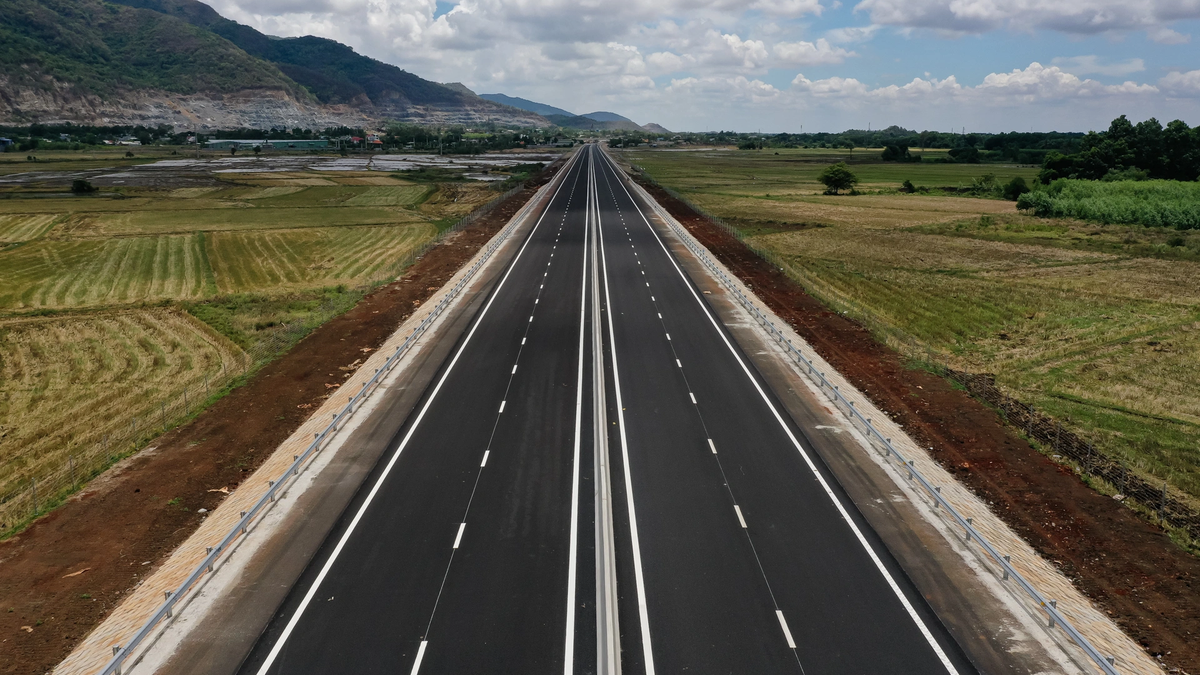


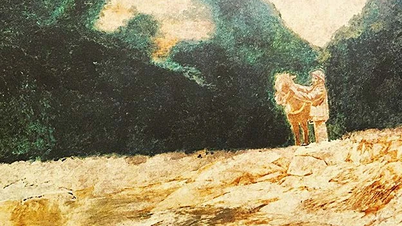

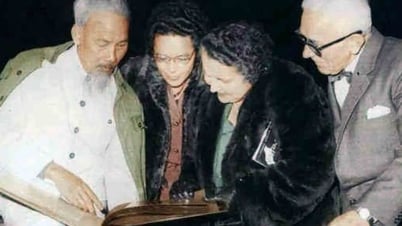
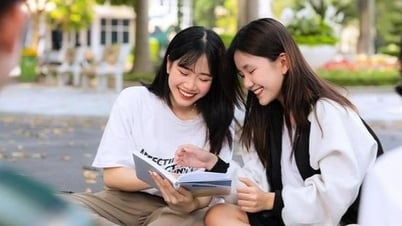

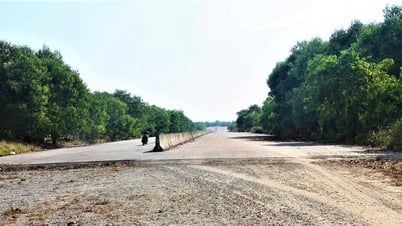
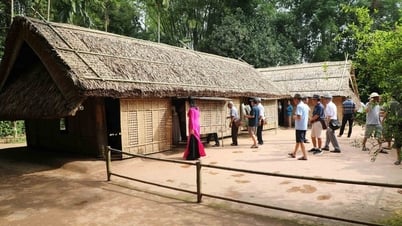




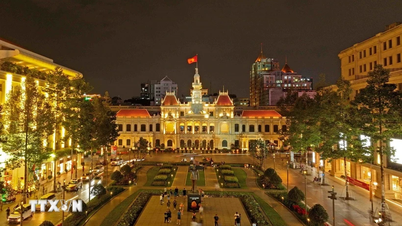
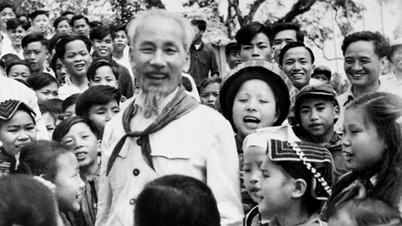
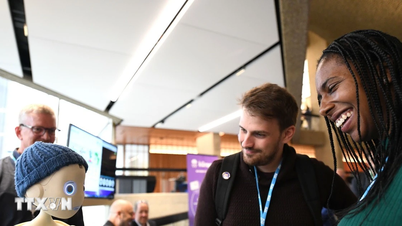
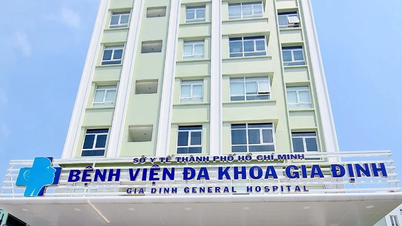
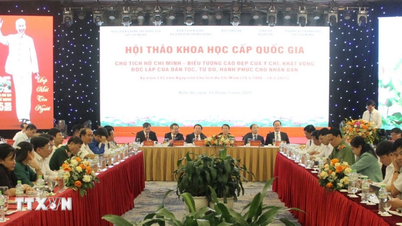





























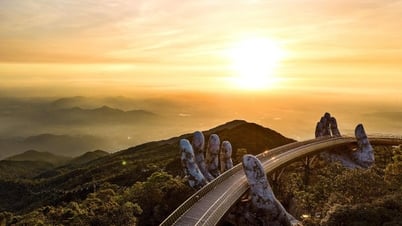


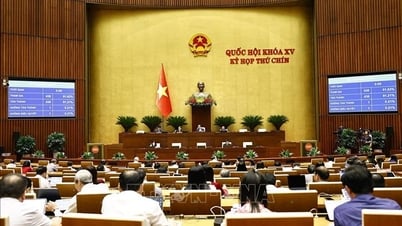

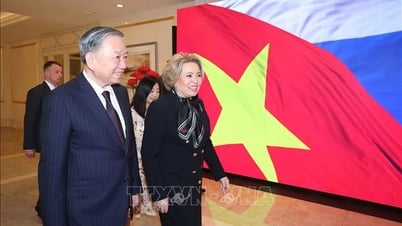











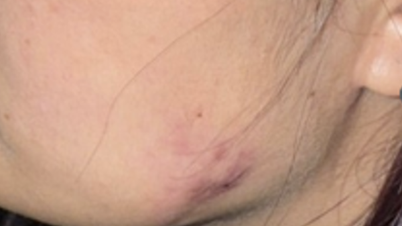

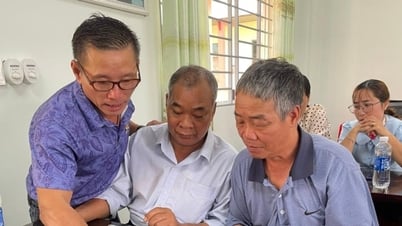

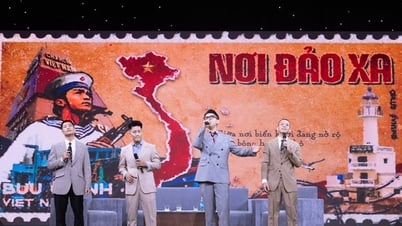

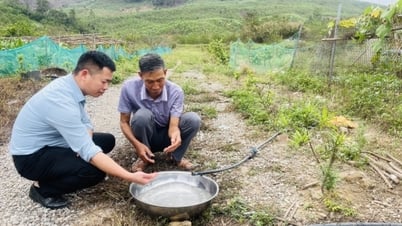

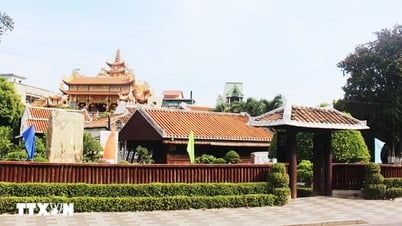

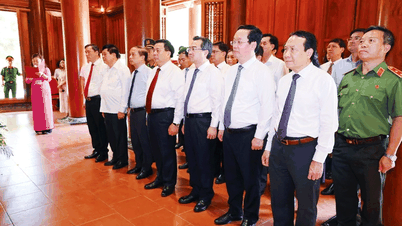









Comment (0)